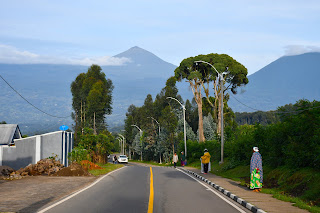A Brief Reflection on My Time in Nairobi

Some level of taking stock is inevitable upon closing a chapter of one’s life, and now, sitting on my bed on the night of my final departure from Nairobi, I have been overwhelmed by a desire to reflect – not so much on the impact of Nairobi on my life trajectory, but on the colourful details that have made up my day to day life, which will, from as early as tomorrow morning, begin to recede into ever darker recesses of my memory.










































































